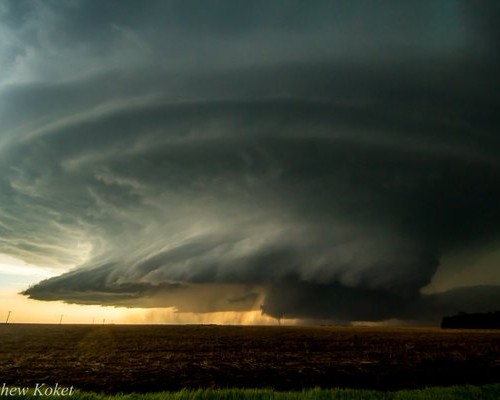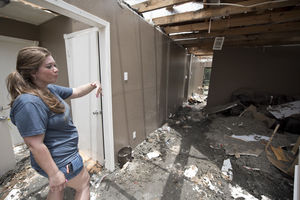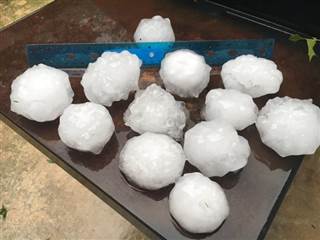UAH, with its NASA and NOAA partners, is at “the epicenter” of research into techniques that will use data from a new generation of weather satellites to predict severe weather, with three new projects funded by NASA.
All three extend or expand lines of ongoing NOAA research in the UAH’s Atmospheric Science Department and the Earth System Science Center, exploring whether lightning can improve the existing early warning system for severe weather while learning more about the basic structure and dynamics of powerful storms.
“We have all of these questions that come out of the operationally-driven NOAA GOES-R work we’ve been doing the past several years,” said Larry Carey, chairman of the Atmospheric Science Department and a co-investigator on a three-year, $266,000 study of the relationship between lightning and storm development. “We’re going to take those unanswered questions and loop back to the basic science. To make progress within our GOES-R and other NOAA-sponsored research activities, we need to understand the basic science better. We need to know more.”
NOAA’s first Geostationary Operational Environmental Satellite R-Series (GOES-R) weather satellite is scheduled to launch in 2016. In addition to instruments to provide more detailed and more frequent infrared and visual images than are available from existing weather satellites, GOES-R will also include the Geostationary Lightning Mapper. GLM will provide information about individual lightning flashes across its view within seconds after a flash occurs.
The three new projects UAH scientists are involved in are:
Carey is working with a group led by NASA/Marshall’s Dan Cecil to study how best to use satellite-based lightning information from the GOES-R weather satellite to understand thunderstorm development and the potential for severe weather, including tornadoes.
UAH’s Philip Bitzer is the principal investigator in a team that includes scientists from UAH and NASA/Marshall on a three year, $298,000 project to study techniques for measuring (or estimating) the varying amounts of energy released by individual lightning bolts as a tool for judging how much electrical energy is being generated by a storm and how much is being dissipated by the lightning.
UAH’s John Mecikalski is a co-investigator on a team led by NASA/Langley on a three-year, $195,000 study that will look at combining data from GLM with the more rapid and detailed visual and infrared data coming down from the satellite to provide insight into severe weather development.
“Basically, with lightning data coming down several times a minute, and two-minute radar and one-minute images, you can start to do things you couldn’t do before,” Mecikalski said. “For instance, we want to look at the cloud top data. Is there a cloud top severe weather signature that’s consistent enough to be useful for forecasters?”
“Because of the NOAA GOES-R-sponsored Risk Reduction Research work we’ve done previously and the resources we have here, both at UAH and NASA, we’re at the epicenter of all of this research right now, and I expect that to continue for the next several years,” Carey said.
OCT 05, 2015 | Phillip Gentry
Photo by UAH “UAH and NASA are exploring whether the study of lightning can improve the severe weather early warning system.”





